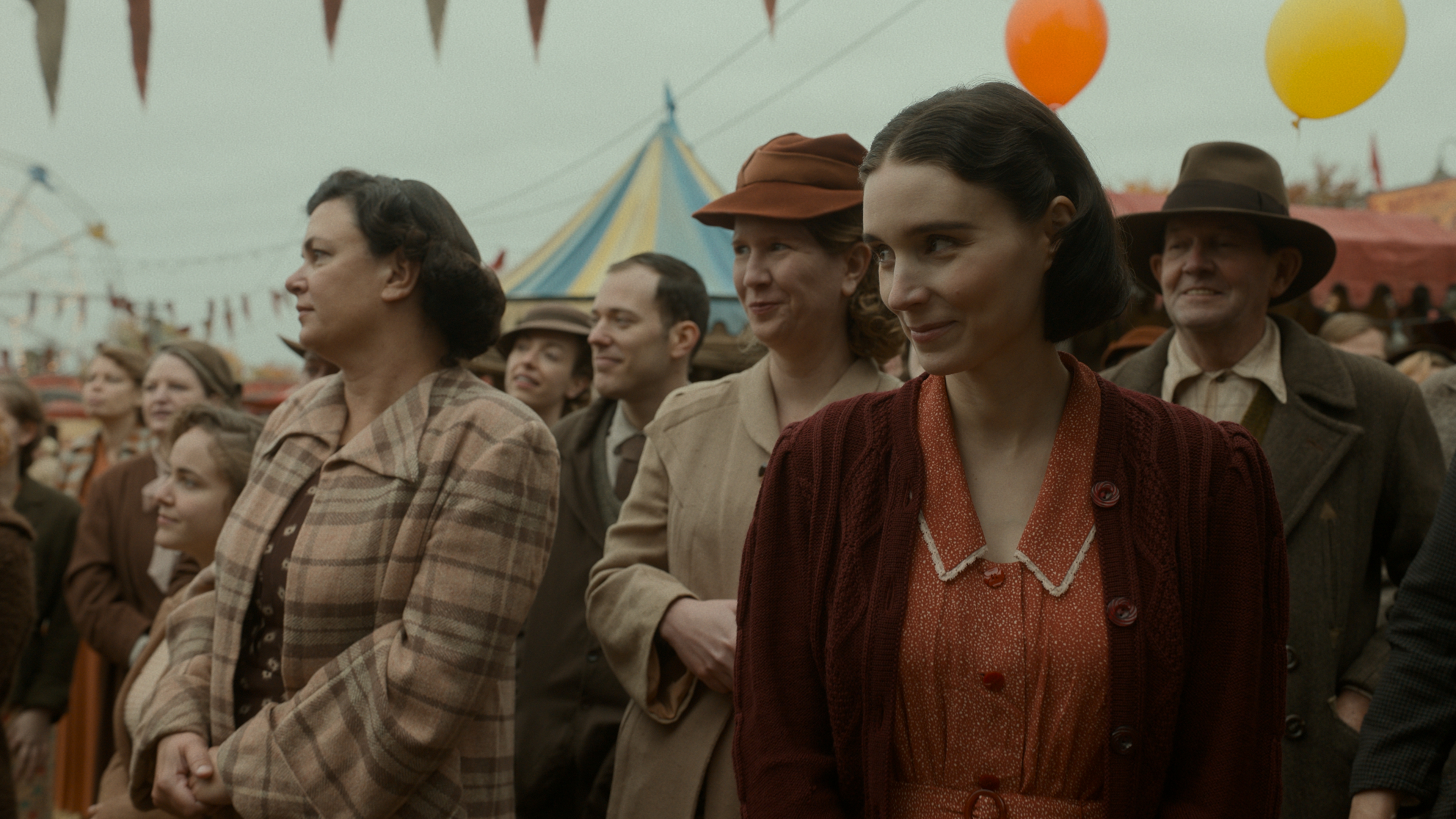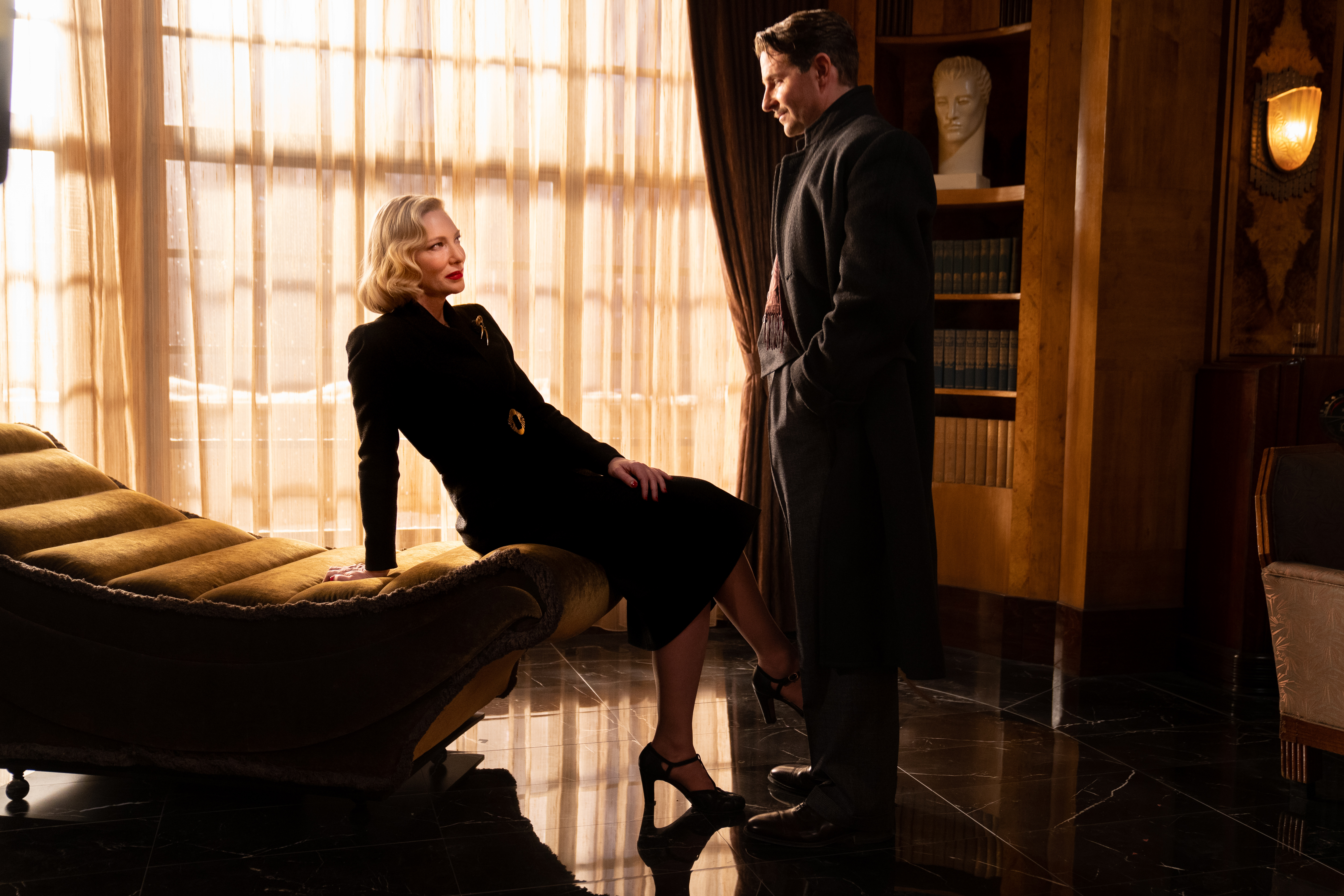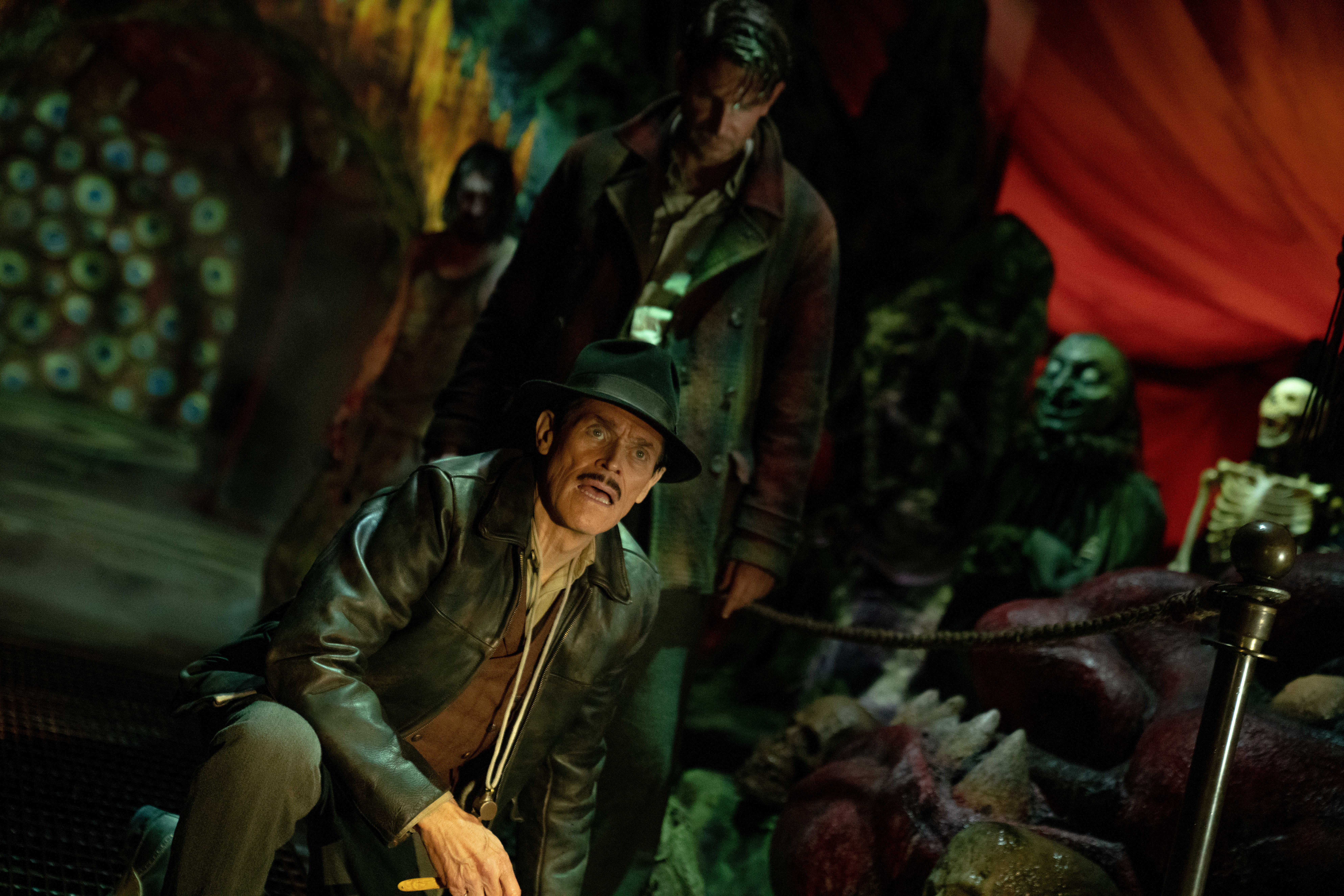News feed

When Academy Award-nominated costume designer Luis Sequeira was approached to work on the 2021 adaption of Nightmare Alley, he was asked by the film’s director, Guillermo del Toro, if he’d watched the original 1947 movie. He had. “Ok great. You’re not going to see it again. We’re making our own”, del Toro responded.
The director and costume designer famously joined forces for the award-winning film The Shape of Water (2017) and reunited in January 2020 for the remake of Nightmare Alley.
Based on the 1946 novel of the same name by William Lindsay Gresham, the 20th Century Studios film follows the charismatic but poor and lowly Stanton Carlisle (Bradley Cooper) who at a sleazy carnival learns the ways of a mentalist. With his newfound gift, Stanton travels to New York City to defraud the rich and elite. With the help of a mysterious psychiatrist (Cate Blanchett) he plans to con one of the countries most formidable tycoons (Richard Jenkins).


Nightmare Alley is poised as a 21st century thriller and while it is not a “true film noir” as Sequeira explains to GRAZIA, he discusses the many important roles that costuming played – from the distinguish between wealth and class to cinematography. “[Del Toro] wanted a lot of texture that would play into some of the lighting situations and everything had to have a history to it. We spoke very distinctly about that.”
The film boasts an all-star cast including the aforementioned Cooper, Blanchett, Jenkins as well as Toni Collette, Willem Dafoe, Rooney Mara, Ron Perlman and David Strathairn. Costuming for the film was no easy feat and involved 242 costume changes ranging from aged workwear and carnival attire to glitzy glamorous gowns and high-fashion tailoring.

“A film is like a jigsaw puzzle so if you think about the entirety, you’ll go cry in the corner because it is just so huge,” Sequeira said, laughing to himself. “It really is about parcelling out the film and parcelling out the work as it came.”
The film was shot in Canada but similarly to the film’s two distinctive settings – the carnival which was filmed at the empty Markham fairground just outside Toronto and the New York City venues which were largely filmed on sets – the designer approached the costuming like they were part of two different films.

According to Sequeira, the upperclass costuming was designed first which featured magnificent velvet gowns and skirt suiting for Blanchett and crisp menswear for Cooper. The designer uncovered late ’30s Parisian sketch books that he had collected decades earlier to form the details for many of the costumes. From there he travelled to Europe and scoured markets, antique dealers, rental houses and fabric retailers for pieces to feature in the film.

“Any time I saw something that I thought had a place in the film I would grab it and bring it back to Toronto where we were shooting,” he said. Costuming for the carnival was tackled next and required a long process of ageing leathers and fabrics to appear old and worn in. Due to a number of rain scenes, each costume was made into multiples.

Three months after production had first started, in March 2020, the film was forced to shutdown due to the burgeoning pandemic. At least for Sequeira, it mean he could continue his research without the pressures of a deadline. “We had a six month… I call it hibernation, where we all weren’t sure we were going to come back. Of course, we did… The movie is so much better and greater by way of that than if it went full steam ahead in one foul swoop.”
The result of the painstakingly long process is incredibly detailed and authentic ’30s styles from lower class attire to visually rich and decadent luxury pieces. It feels as thought the viewer has been transported back in time for an engaging and dramatic 150 minutes.
Nightmare Alley is in Australian cinemas from January 20.









